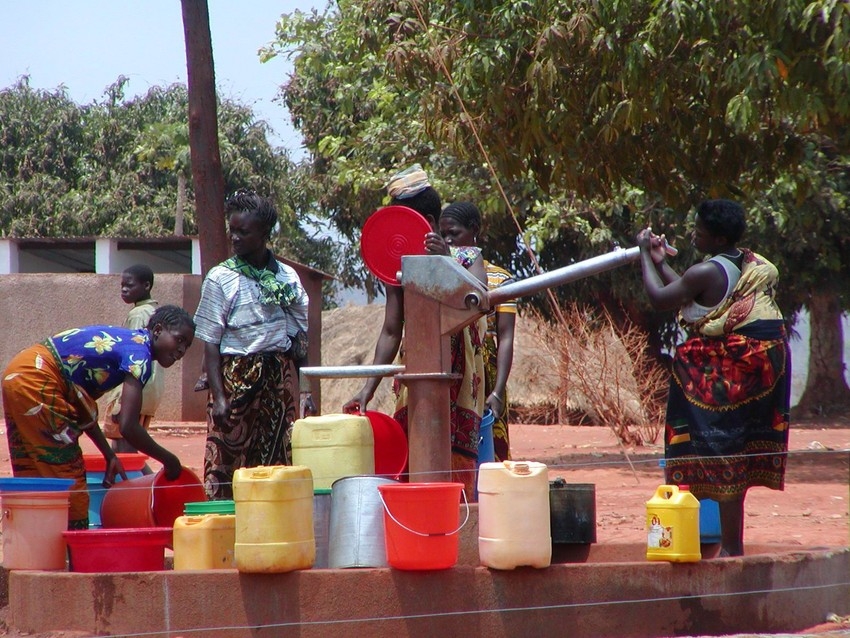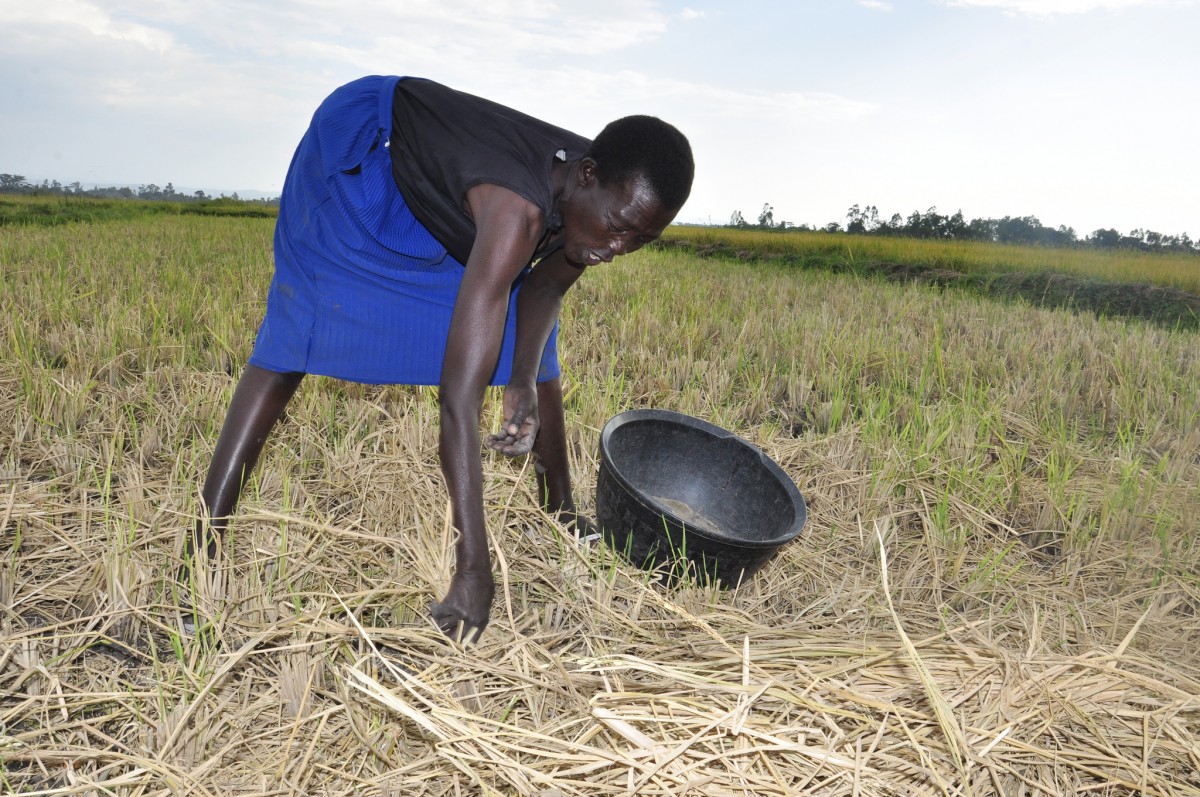Rural women are not all the same, but their need for better rights is nearly universal
The terms ‘women in agriculture’ or ‘rural women’ often conjure up stereotypical images of young adult women working the fields. But rural women are anything but one homogenous group:
“They may be small farmers with ownership rights, farmers or forest users on collective or common land, waged farmers, workers in secondary and non-farm industries, pastoralists, fishers and peasants. They also may be girls, parents, widows, indigenous women, women with disabilities, women living with HIV or other diseases, and women of diverse sexual orientations and/or gender identities.”
This citation brings layers to the question about the role of women in agriculture. It is drawn from the Report of the Expert Group Meeting, prepared in advance of this year’s upcoming UN Commission on the Status of Women, which has selected rural women and girls as a priority theme. I attended the expert group meeting in Rome last September, along with a number of other gender experts.

Two top challenges rural women face
During the expert group meeting we could easily agree on the diversity among rural women. As stated in the report: “Too many interventions target rural women as a singular, food-producing identity, failing to consider the heterogeneity of rural women and the challenges they face including multiple and intersecting forms of discrimination.”
Yet, despite local diversity, we identified a number of global barriers to the sustainable achievement of rural women’s human rights. The currently dominating neo-liberal economic model and climate change are two areas within which action is most urgently needed.
The neo-liberal economic model is a main contributor to growing inequalities, and it also feeds distress migration and violence across the world. The neo-liberal model reduces states’ public goods and services, including water infrastructure support for rural women and legislation to achieve gender equality. Instead, it favors privatization and a deregulation of corporations, labor and financial markets, and trade and investment. Global regulations that protect foreign capital shift rural economies toward export-oriented cash crops, for which multinational agribusinesses can monopolize input markets and acquire large-scale land and water resources. Profits move out of the rural communities into tax havens.
The second key barrier is climate change. Here, rural women and girls hardly produce any emissions, but are the most vulnerable to the impacts. Yet, most adaptation measures are top-down and gender blind, often failing to counter the restricted access women may have around ownership, resources, labor and technology.

Time to focus on women’s rights
To overcome these formidable challenges, we need global actions to achieve rural women’s rights. These include the rights to land, water and other productive resources; food sovereignty and nutritional empowerment; adequate standard of living and social protection. Women have a right to a just and equitable transition toward a sustainable future and to actions that enable their collective power and self-determination over their bodies, households, resources and communities.
These are no small goals. But these rights domains are in fact familiar to the International Water Management Institute (IWMI) and the CGIAR Research Program on Water, Land and Ecosystems (WLE). Our gender research focuses on the same informal rural settings in which marginal women and men smallholders seek to eke out a living. We look for agricultural water technologies and institutional solutions to empower rural women and improve their livelihoods and that of their families. It is not such a far leap to add achieving women’s rights as a stated objective.
The road to rights for rural women
Long-term collaboration with governments remains the primary road to impact for our agricultural research. These same governments are the UN Member States that will convene this month in New York for the above-mentioned, upcoming session of the Commission on the Status of Women.
They will discuss 'agreed conclusions,' setting priorities for the road ahead. The expert group meeting report cited above is one of the inputs their conclusions will draw on. Wouldn’t it strengthen WLE’s and IWMI’s impact if our research was more frequently profiled as contributing to the ongoing global efforts to achieve gender equality, on par with other widely accepted human rights?
With a rights-based approach, we may have a chance to empower women in agriculture, and agricultural research-for-development organizations are well placed to make important contributions. We just have to dare stepping slightly outside our comfort zones.
##
Thrive blog is a space for independent thought and aims to stimulate discussion among sustainable agriculture researchers and the public. Blogs are facilitated by the CGIAR Research Program on Water, Land and Ecosystems (WLE), but reflect the opinions and information of the authors only and not necessarily those of WLE and its donors or partners. WLE and partners are supported by CGIAR Fund Donors, including ACIAR, DFID, DGIS, SDC and others.



Add new comment